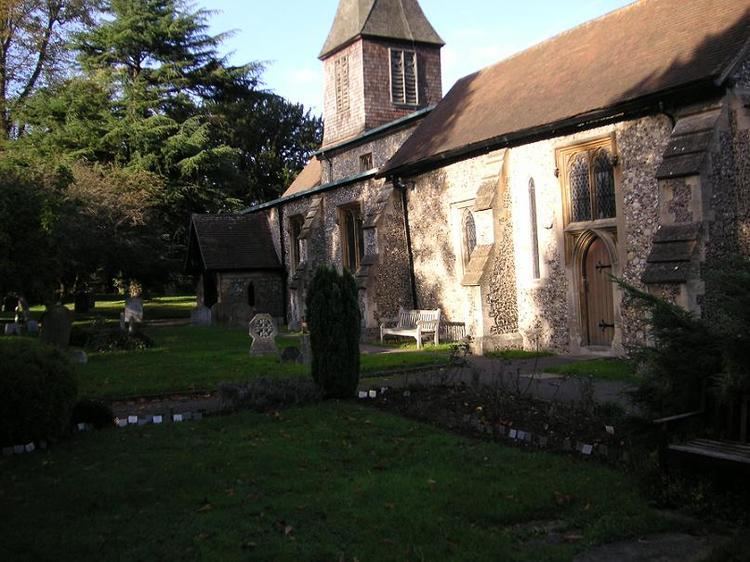Denomination Church of England Dedication St. Stephen Vicar(s) The Rev’d Becky Leach Phone +44 1727 862598 | Churchmanship Broad Church | |
 | ||
Address Watling St, St Albans AL1 2PX, UK Similar St Mary the Virgin's Church - L, St Michael's Church - S, Buntingford almshouses, St Leonard's Church - S, Benson Memorial Church | ||
St stephen s church st albans point cloud fly through
St Stephen's Church is a parish church in the Church of England in St Albans, England. It is located to the south of the town centre, at the start of St. Stephen's hill up to the Abbey.
Contents
Background
It is, based upon the writing of Matthew Paris, believed to have been founded in AD948 by Abbot Ulsinus of St Albans. Although there are now some questions about the exact date of its foundation (and the date of Abbot Ulsinus), it is reasonably clear that, together with St Michael's and St Peter's churches, the church was built at about that time to receive pilgrims and to prepare them for their visit to the shrine of St Alban within St Albans Abbey. The three churches, all of which still exist as active places of Christian worship, stand on the three main roads into St Albans.
The Anglo-Saxon building was built to be 34 feet wide by 38 feet long, and was probably divided into two rooms. It thought that the church did not at that time have a tower. Little now remains of that building, but the small window, deep set in rough masonry by the door to the Parish Centre, has been dated to around AD950.
About 50 years after the Norman conquest of 1066, the church was enlarged during the abbacy of Richard de Albini (Richard d'Aubeney). The new building was consecrated by Gilbert, Bishop of Limerick. From documentary evidence it would appear that a north aisle was added in about 1170 whilst Robert de Gorron was abbot.
During the middle of the fifteenth century many works took place. A belfry was formed over the western bay of the south arcade. The height of the nave walls was increased and windows inserted at high level to allow more light to penetrate the interior of the church. This window feature is known as a "clerestory". The chancel was enlarged and the wooden framework of the chancel arch dates from this time.
The building today is largely medieval, but was restored from near-ruinous conditions in the 1860s. The present spire, replacing a "Hertfordshire spike" on the tower, dates from this time. The pews and ornamental woodwork are Victorian, and the present pulpit and canopy date from 1936. The eagle lectern is a copy of a much earlier famous Dunkeld Lectern, which replaced it.
The church is still active.
